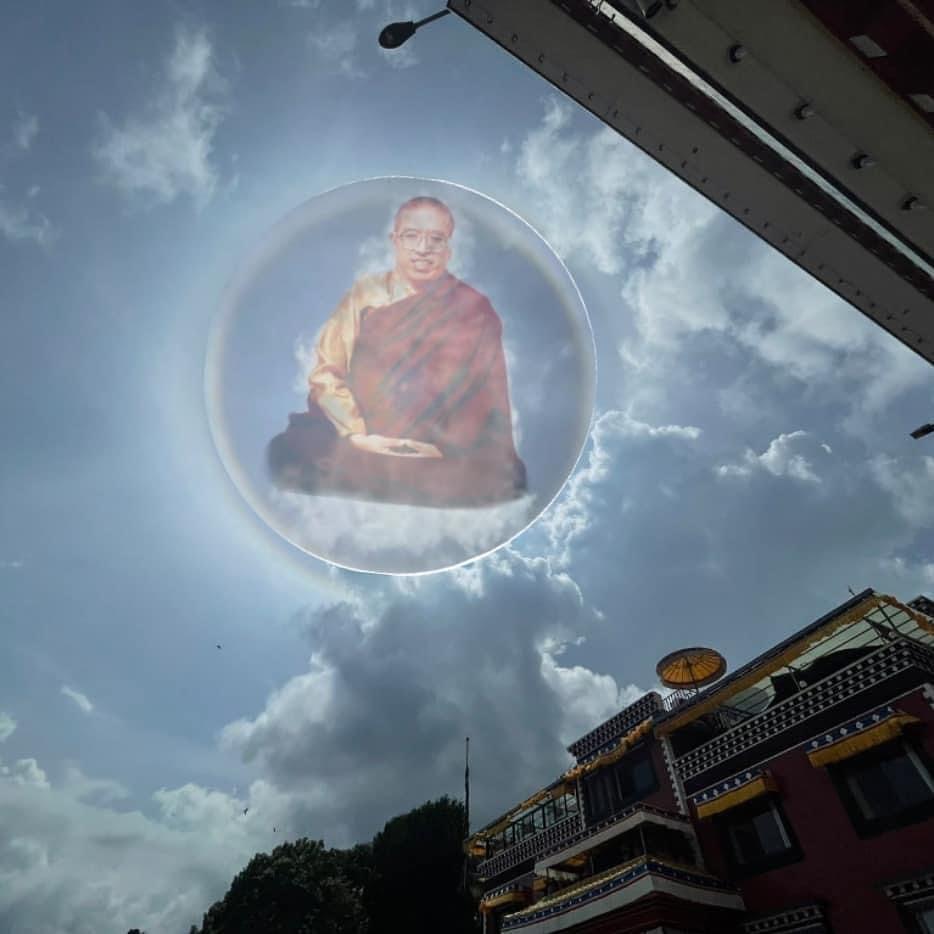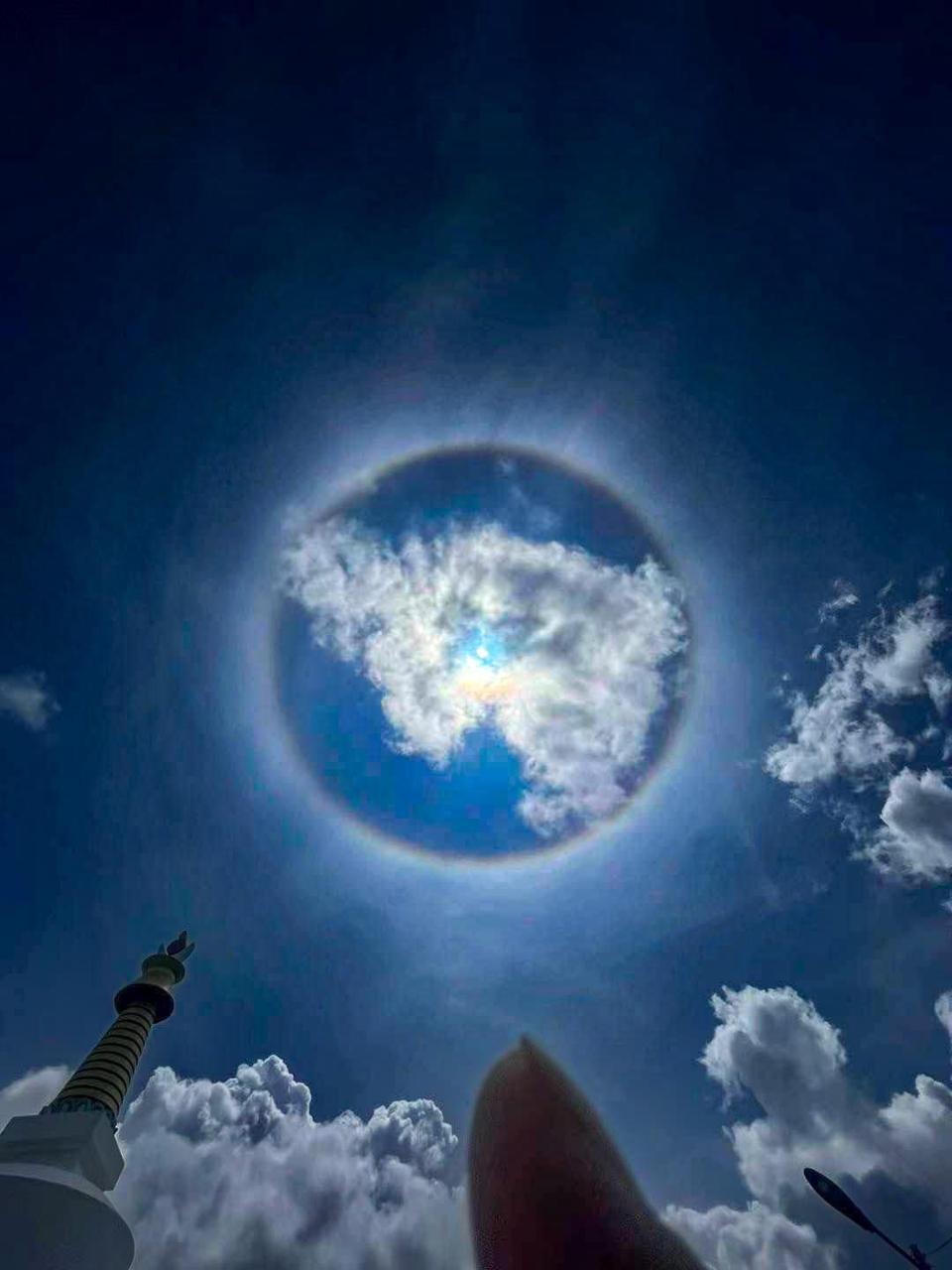
These stunning and moving photos (see below) of a rare spherical rainbow surrounding the sun and human-like clouds, were posted on July 6th by the Thrangu Tashi Monastery in Namo Buddha, Nepal. Such a rare rainbow and clouds phenomenon are seen as highly significant and auspicious signs of realisation in a Vajrayana Buddhist master of Dzogchen and rainbow body. The Thrangu monastery announced on their FB page that:
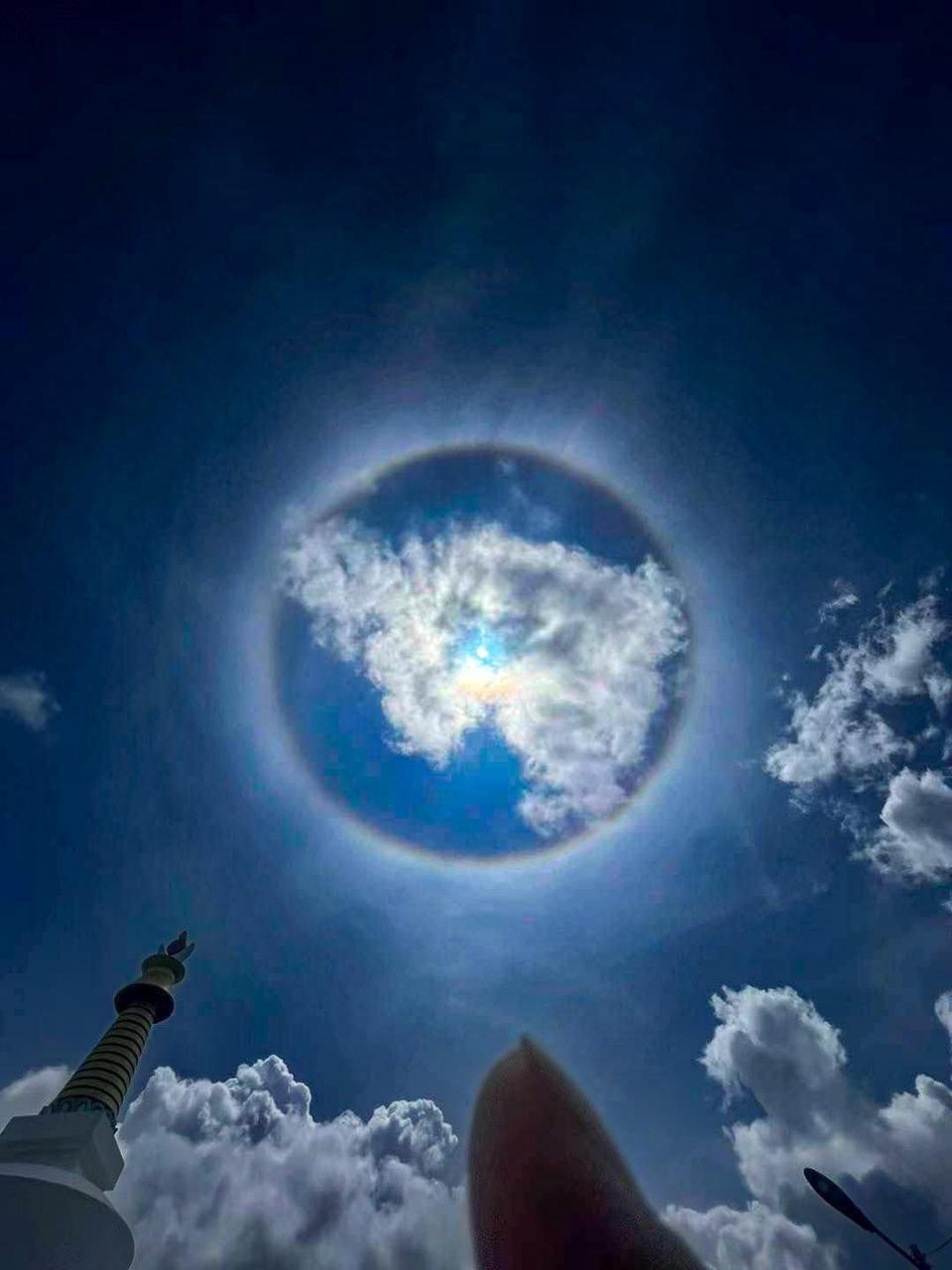


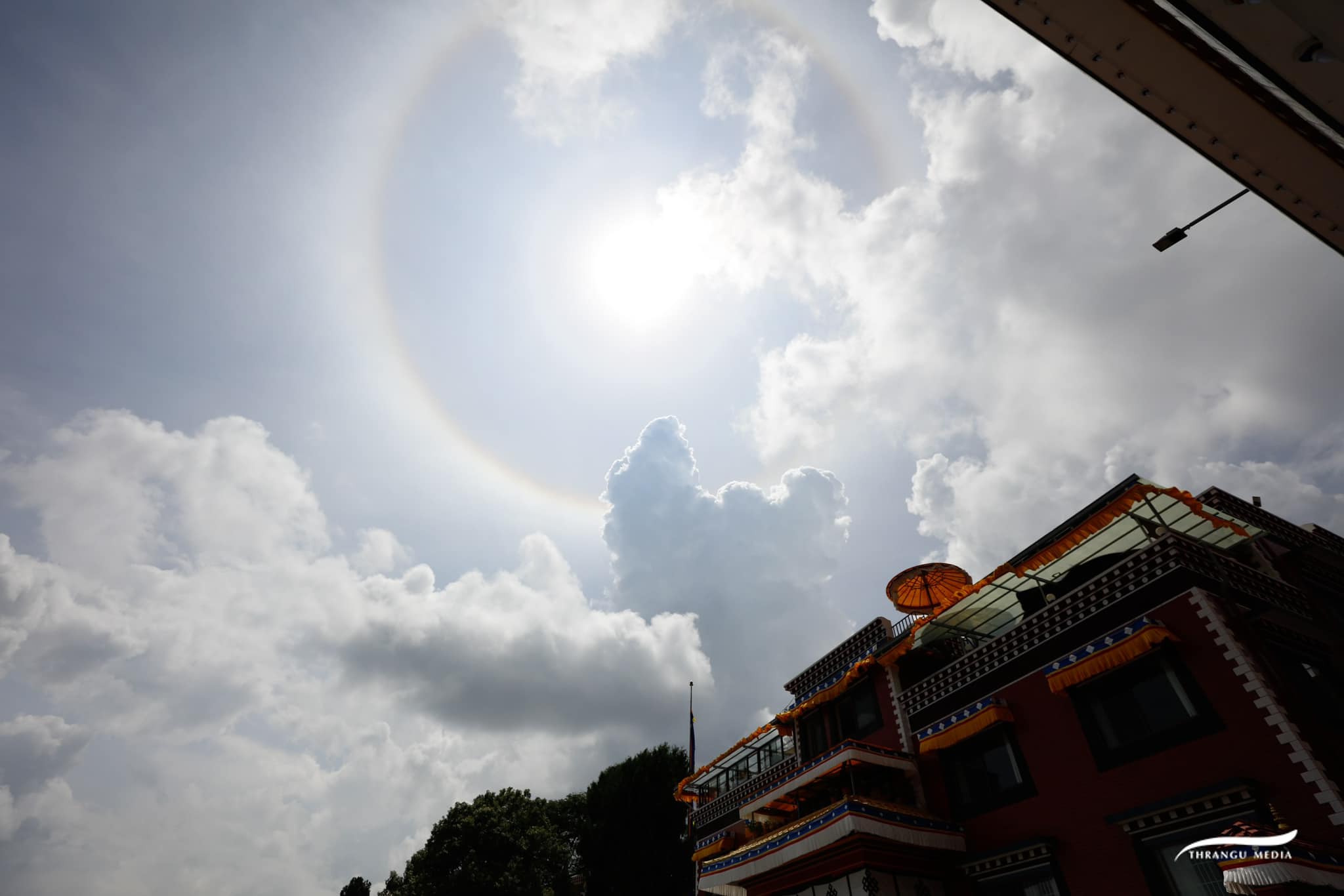
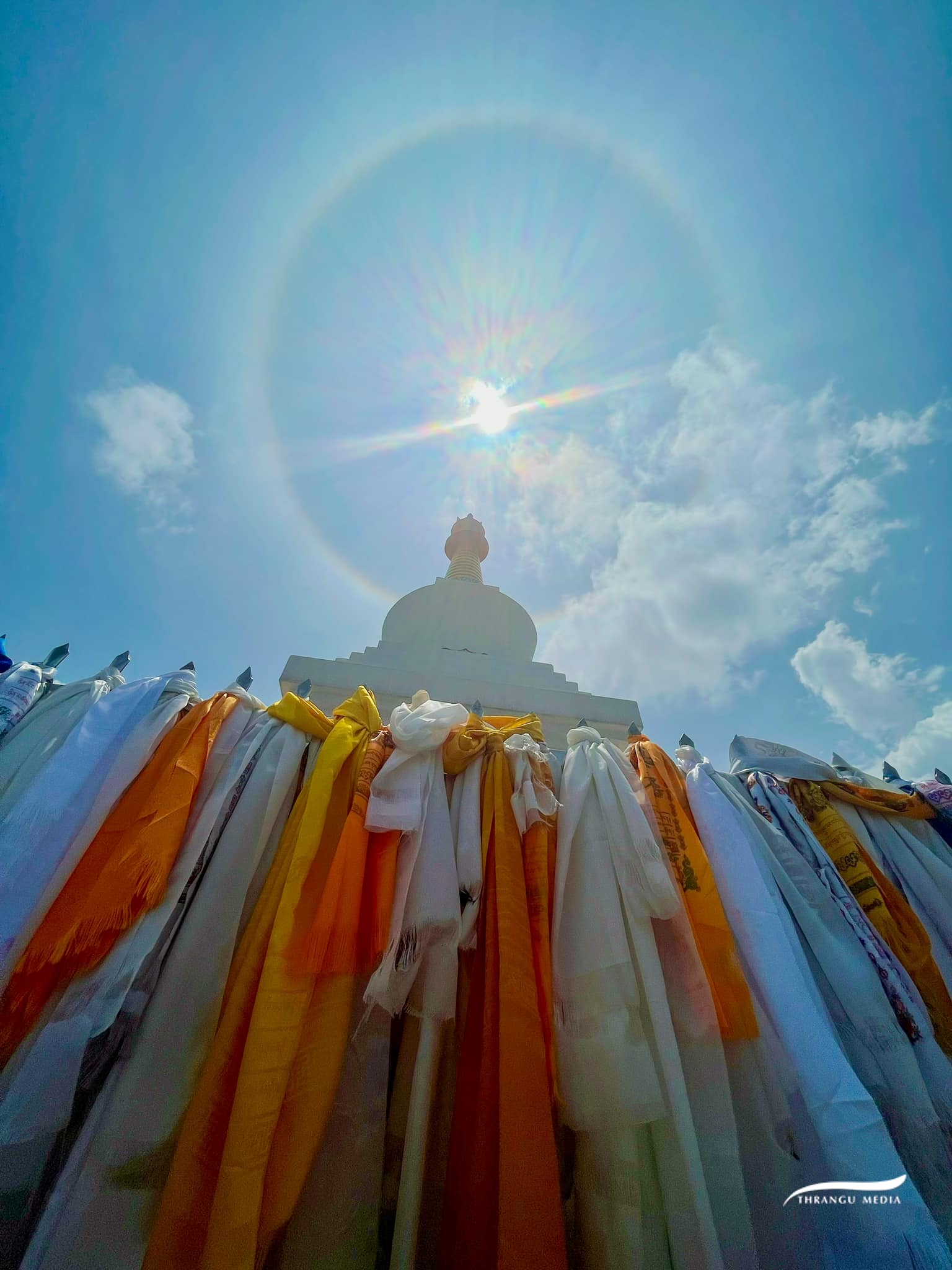
Music? For White Tara and the rainbow, She’s Like a Rainbow by the Rolling Stones, I Can See Clearly Now the Rain has Gone by Jonny Nash and of course, Somewhere Over the Rainbow by Judy Garland.
Written and compiled by Adele Tomlin, 8th July 2023.
Rainbows and rainbow body in Dzogchen and Vajrayana in Tibetan Buddhism
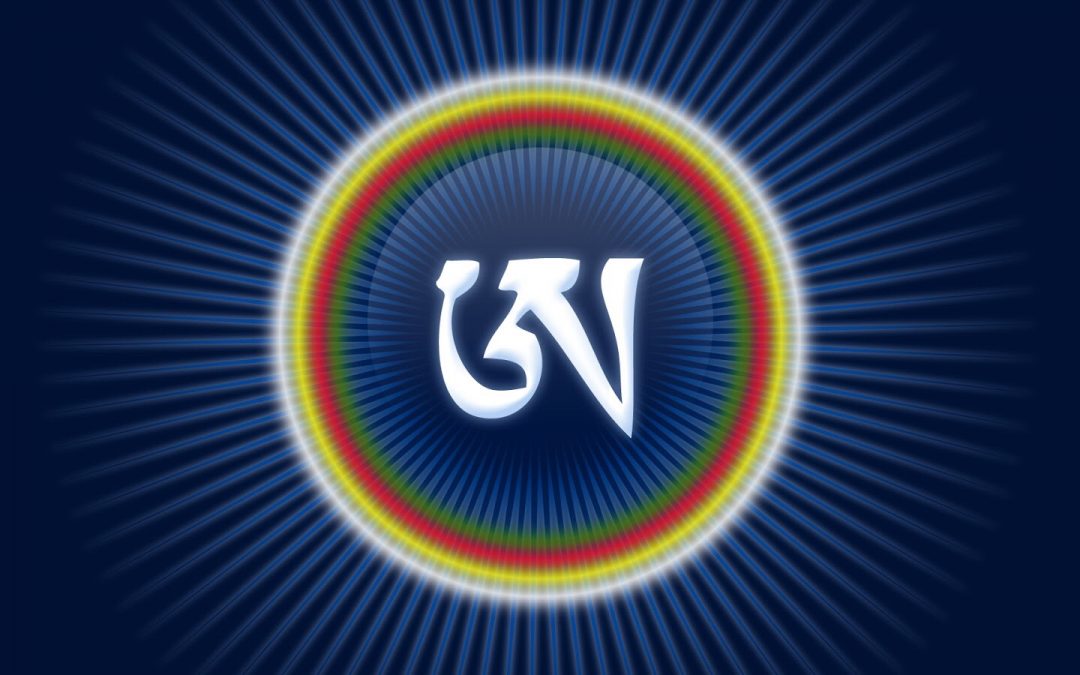
When I first saw the photos they moved me deeply and also reminded me of this classic Dzogchen image of the AH syllable (as the thig-le/bindu) centre (see image).
Rainbows and their colours are seen as highly auspicious in the Vajrayana/Dzogchen/Mahamudra traditions of Tibetan Buddhism. As Sheehy explains in this Lion’s Roar article ‘What is the Rainbow Body?’ about the phenonemon:
“In Vajrayana traditions of Tibetan Buddhism, tangible matter is considered to be made up of five elements: space, air, fire, water, and earth. As described in Tibetan literary sources, including The Tibetan Book of the Dead, the elemental energies that make up the cosmos are understood to be undifferentiated from those that make up the human body. Therefore, the body is simultaneously an individual person and the cosmic whole.
Certain Buddhist meditation practices are meant to alter the gravitational field of these five elements that constitute the body, transforming them into the five radiant lights of the color spectrum, the rainbow. The Tibetan name given to this physical fluorescence is jalu, literally meaning, “rainbow body.” Rainbow body is also the name given to the transformation of the ordinary physical body as a result of years of specific disciplined practices.
Tibetan traditions have identified signs that indicate when a practitioner has achieved rainbow body. While alive, it is said that the bodies of these beings do not cast a shadow in either lamplight or sunlight. At death, it is said that the physical body dramatically shrinks in size, exuding fragrances and perfumes rather than the odors of decomposition. A common Tibetan metric for the shrunken corpse of a rainbow body is the “length of a forearm.” Other signs are the sudden blooming of exotic plants and flowers anytime of year, as well as rainbows appearing in the sky.
There is also a special kind of rainbow body known as the “great transference into rainbow body,” or jalu powa chemo. This is the complete transference of the material body into radiance so that the only thing left of the body is hair and fingernails.“
In his review of Francis V. Tiso’s 2016 book, “Rainbow Body and Resurrection” Sheehy writes:
“In Dzogchen cosmology, the cosmos is envisioned as being utterly open and translucent. Movement ensues when the element of air stirs up wind that oscillates rapidly into fire; from fire emerges water, and from water, the solidity of rock and earth are stabilized. With this gravitational collapse into the elemental forces that comprise the cosmos, a spiraling reconfigure matter into worlds wherein embodied beings form.” “
In Dzogchen practice, the rainbow body phenomenon is a third person perspective of someone else attaining total awareness (རིག་པ, rigpa). Awareness is the absence of delusion regarding the display of the basis. (For more on Thrangu Rinpoche’s teachings on Dzogchen and the basis, see my recent article on the Magic Key to Entering Knowledge commentary by Khenpo Gangshar, who was a student of the famed master, Jamgon Mipham Rinpoche here).
Rigpa/Awareness has three aspects, which are kadag (total purity), lhun-drub (spontaneous accomplishment) and thug-je (compassion). Kadag is connected to the practice of Trekcho. The lhun-drub aspect is related to (but not limited to) the practice Togal, that self-liberate the human body into a Sambhogakāya (rainbow body phenomenon). The symbol of Dzogchen is a Tibetan “A” wrapped in a thigle (bindu). The “A” represents kadag while the thigle represents lhun-drub. The third aspect, thug-je, is the inseparability of the previous two aspects.
The first stage, Trekcho, is the persistent cutting through the psychic karmic debris that obscures the primordial awareness within all of us; resistance, resentment, arrogance, pride, vanity, discursive thoughts of judgment and disapproval, delusion, jealousy, and hatred. The second stage, Togal, is a direct dissolution of all karma. The Treckho stage is required to reach the Togal state. Togal is considered instantaneous, immediate realization with an intense, “point-blank” quality. “It requires enormous discipline, and is generally practiced in a retreat environment. The ultimate fruition of the Togal practice is a body of pure light and the dissolution of the physical body at death, this is called a rainbow body ( ‘ja’ lus, pronounced ja lü.) If the four visions of Togal are not completed before death, then during death, from the point of view of an external observer, the dying person starts to shrink until he or she disappears or “vanish into light”. Usually fingernails, toenails and hair are left behind. The attainment of the rainbow body is typically accompanied by the appearance of lights and rainbows.
Exceptional practitioners are held to realize a higher type of rainbow body without leaving behind “the hair or fingernails” or dying, a state named the Rainbow Body of Great Transference, or jalu powa chemo. Having completed the four visions before death, the individual focuses on the lights that surround the fingers. His or her physical body self-liberates into a non-material body of light (a Sambhogakāya) with the ability to exist and abide wherever and whenever as pointed by one’s compassion.
This is not quite the same as tug-dam (holding the mind) meditation practised within Vajrayana Buddhism on dying, but is related to it. (For my recent Tricycle magazine movie review of the the film ‘Tug-dam’ about such practitioners, which includes a report on the recent tug-dam of HE Tenga Rinpoche at Benchen monastery, see here).
Rainbow body reports in recent times in Tibet, in exile and within Thrangu Rinpoche community
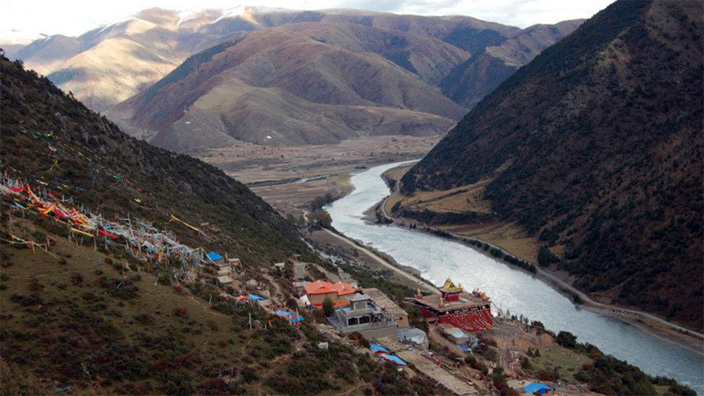
There are several reports (past and present) of great realised masters (men and women) in Tibet and in exile of being able to display the raimbow body on passing, for example Milarepa and Yeshe Tsogyel and even recent examples of ‘unknown practitioners’. Photos of rainbow body cases are rare, generally because taking photos of such sacred phenomenon is seen by some as disrespectful and unnecessary.
For example, the 20th Century Tibetan Buddhist master, Shardza Tashi Gyaltsen’s Heart Drops of Dharmakaya, a Kunzang Nyingtik Dzogchen meditation manual commentated on by Lopon Tenzin Namdak, contains an eyewitness account of his main students’ bodies shrinking and rainbows appearing in the sky at death.
Another well-known recent case of a rainbow body is that of Yilungpa Sonam Namgyel in 1952, as recounted by Chogyam Trungpa Rinpoche in his memoir, Born in Tibet. There is also the case of Changchub Dorje, a medical doctor and leader of a Dzogchen community in the Nyarong region of eastern Tibet, about whom Chogyal Namkhai Norbu recounts in The Crystal and the Way of Light.

Also, in commemoration of the death of his teacher in 2013, Dzogchen Khenpo Choga Rinpoche wrote to his students,:
“My precious teacher, Lama Karma Rinpoche, has passed. I received the extraordinary news from my friends in Tibet that the sacred body of my kind teacher has dramatically shrunk in size. Lama Karma was about 5’9” tall, but two weeks after he passed, his seated body has now shrunk to about 8”, which means his body, including his skeleton, shrank nearly 80 percent.”
Further on, Choga Rinpoche cites the examples of Master Nyaklha Rangrik Dorje (“His body is still preserved and is the size of a hand”) and Tashi Lamo, a woman practitioner whose body shrank to about four inches in 1982 (see photo).
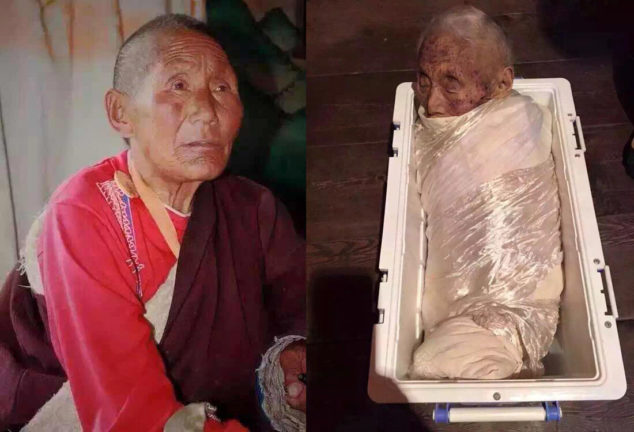
This is also not the first time such signs of great realisation and accomplishments have been displayed within the Thrangu Rinpoche community. One Tibetan ex-monk explained to me around fifteen years ago that a Khenpo of Thrangu Rinpoche’s monastery displayed rainbow body in front of their eyes gradually as they performed the traditional 49 day puja. He told me that the monk who passed away was quite humble and not thought of as anyone special and was quite old. However, during the puja ceremonies, his body started shrinking and face started becoming younger and younger until it was as small as a baby but also the face was like baby skin and young again. This is just one direct first-hand report I heard but there are many others. I have no reason to disbelieve it or think it was an exaggeration or lying either.
Thus, it is extremely moving and inspiring to see these stunning images of Rinpoche’s incredible level of realisation. May these rem་arkable images inspire us all to be able to attain the rainbow body of full awakening!
